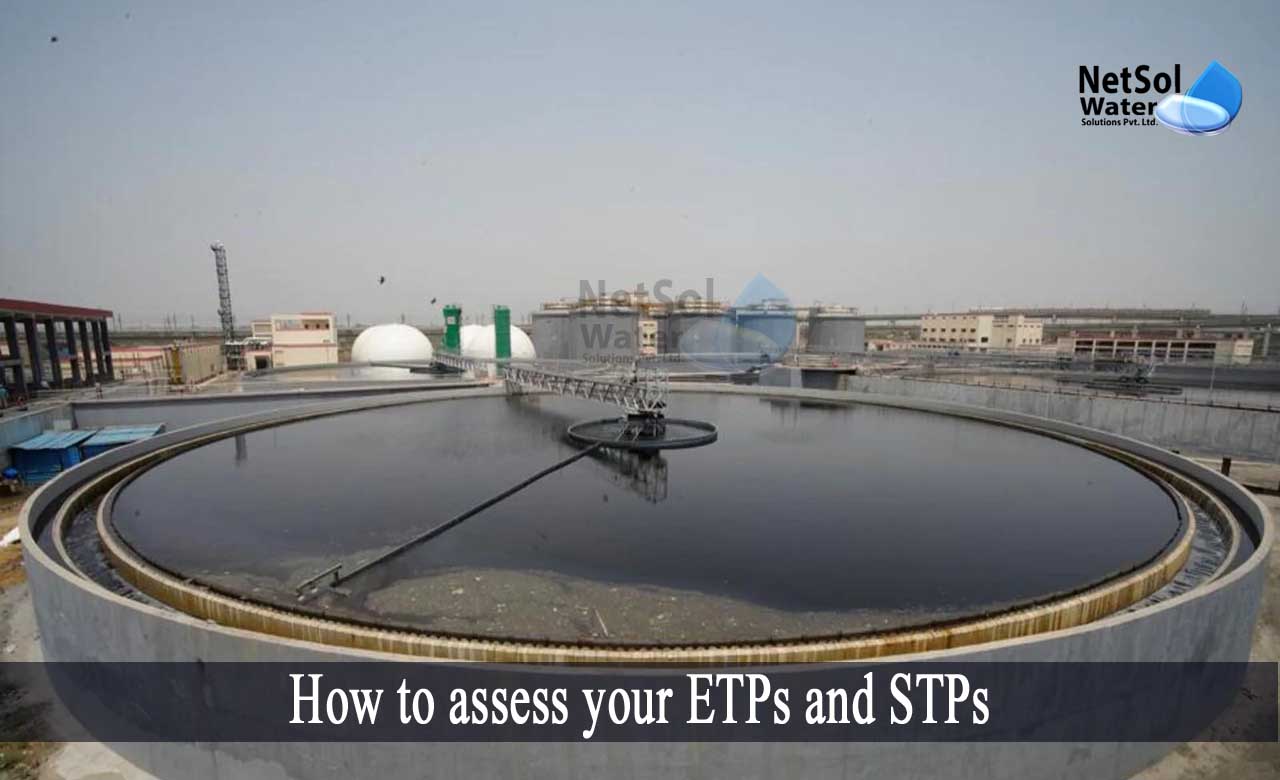One of the essential elements of any effluent treatment facility, and sewage treatment facility is biological wastewater treatment, sometimes referred to as secondary wastewater treatment.
In this process, hazardous chemicals and contaminants are degraded by the microbial community, as it interacts with sewage or industrial effluent. The primary goal is to safeguard the ecosystem and the general people, from the harmful consequences of untreated effluent.
Given the significance of this process, it is essential to have a thorough grasp of it, as well as a constant evaluation and monitoring of STPs and ETPs, in order to preserve the system's effectiveness.
How can we monitor or assess our ETPs and STPs?
Monitoring BOD elimination, oxygen absorption rates, MLSS/MLVSS ratio, and other general evaluation techniques, are used to determine a system's health, but these techniques fall short of analysing a biomass at a more cellular level.
A microscopic examination consisting of 4 main categories, including the flocs, filaments, high life forms, and the quality of the bulk water, is one of the frequent tests used to determine, how effectively the biomass of the system is operating at the cellular level.
Understanding biomass health, growth pressures, toxicity, and inhibition is crucial, because the majority of industrial effluents contain inhibitory chemicals, which may jeopardize the microorganisms' general stability.
Procedure for the examination of wastewater treatment systems
The state of the wastewater treatment plant can be assessed using modern technologies, for microscopic analysis at any given time. Additionally, the pertinent data can aid in a better understanding of the BOD, COD, TSS, and TOC parameters, which will help in developing predictions about the performance of the plant, and the requirement for extra supplements.
This can aid in daily biomass monitoring and evaluation, plant preparation and protection against disruptions, and providing alerts to the operational teams managing such plants.
Main parts of wastewater biomass analysis
Flocs, Filaments, Higher Life Forms, and Bulk Water are the four main parts of a wastewater biomass analysis, which aids in the understanding the condition of biomass and its functionality.
· Flocs
The bacterial population gathers and creates floc in a biological wastewater treatment system. Bacteria can gather into a protective weighted mass and settle by flocculation process. The floc's polysaccharide covering allows it to adsorb pollutants from the effluent, and then break them down so that they can be consumed.
To evaluate the system's health, a simple microscopic examination of the various floc features, can be helpful.
Floc Shape: The shape of a floc can range from being clearly asymmetrical to being more or less rounded. The settling velocity is reduced in irregularly shaped objects. The majority of the time flocs are more or less rounded, in treatment plants.
Floc Structure: These could either be open or compact flocs, which allow water to pass through them. Compact flocs settle more quickly than loose flocs.
Floc Strength: Differentiating between "firm" and "weak" flocs can be done with the use of microscopic analysis. In contrast to weak flocs, which have loosely linked cells around their borders, firm flocs have a distinct visible boundary between them and the surrounding liquid.
The size and shape of the flocs will be assessed through microscopic examination. Poor floc formation indicates poor settling in a treatment tank, whereas uniform floc structure and smooth outside surfaces indicate stable operation.
· Filaments
Long strands of bacteria that connect to one another to form a mesh are known as filaments. This aids in keeping the floc together in the biological wastewater treatment system, so that it can form a larger organism.
The presence of various filamentous bacteria indicates the system's DO concentration and nutrient availability, among other factors. Poor settling may also be brought on by filamentous bulking. Thus, microscopic study aids in identifying the various filament types, which in turn aids in a better assessment of the effluent system.
· Higher Orders of Life
The number of higher living forms in the biological wastewater treatment system is shown, by a wastewater biomass study. These findings aid in estimating the system's sludge's age and state of health.
These higher life forms, often known as indicator creatures, are the last to form and the first to go extinct, when a system is broken. Consequently, the presence of these organisms is a fantastic way to gauge the environment, in which bacterial development takes place.
Want to know more about maintaining your ETPs and STPs!
Get in touch with our professionals for a reasonable natural solution, as Netsol Water is one of the top businesses offering effective wastewater management,and sludge management solutions. Our advanced treatment products aid in the treatment of wastewater, reducing organics, inorganics, FOGs, TDS levels, heavy metals and other microscopic organisms, with the elimination of unpleasant odours.
Netsol Water is Greater Noida-based leading water & wastewater treatment plant manufacturer. We are industry's most demanding company based on client review and work quality. We are known as best commercial RO plant manufacturers, industrial RO plant manufacturer, sewage treatment plant manufacturer, Water Softener Plant Manufacturers and effluent treatment plant manufacturers. Apart from this 24x7 customer support is our USP. Call on +91-9650608473, or write us at enquiry@netsolwater.com for any support, inquiry or product-purchase related query.



